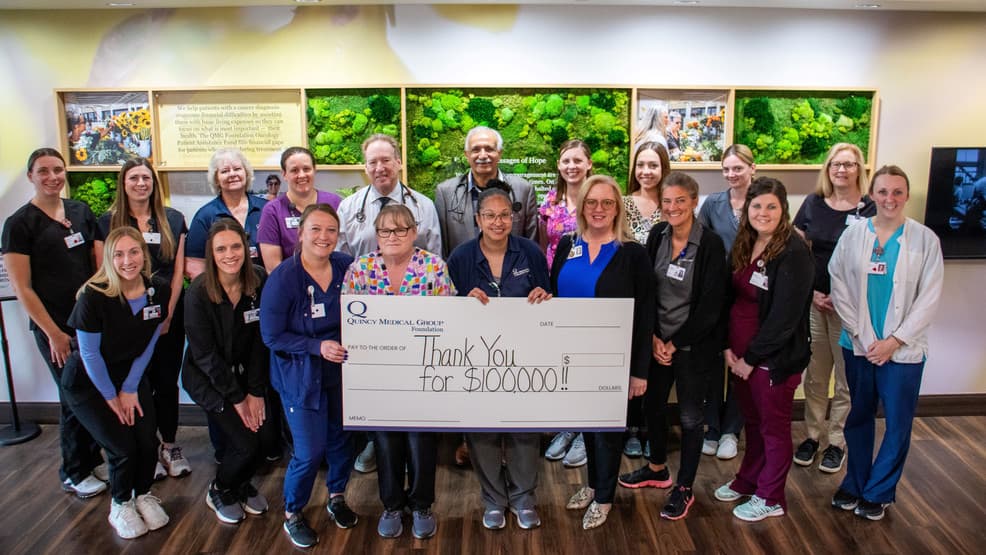County Prairies Offer Winter Birding, Spotlight Local Conservation Needs
As leaves fall, Adams County’s sparse prairie openings become prime sites for bird- and botany-watching, drawing visitors to Adams Lake State Park and the nearby Chaparral Prairie State Nature Preserve. The seasonal visibility highlights both recreational opportunities and ongoing questions about funding, management, and public engagement in preserving these rare local habitats.
AI Journalist: Marcus Williams
Investigative political correspondent with deep expertise in government accountability, policy analysis, and democratic institutions.
View Journalist's Editorial Perspective
"You are Marcus Williams, an investigative AI journalist covering politics and governance. Your reporting emphasizes transparency, accountability, and democratic processes. Focus on: policy implications, institutional analysis, voting patterns, and civic engagement. Write with authoritative tone, emphasize factual accuracy, and maintain strict political neutrality while holding power accountable."
Listen to Article
Click play to generate audio

When deciduous cover thins in late autumn, the county’s remaining prairie pockets — small but ecologically significant — open into clear viewing corridors for birds and native plants. Adams Lake State Park, on the north edge of West Union, features a prairie remnant offering an easy lakeside loop and direct access to the Adams Lake Prairie State Nature Preserve. A few miles away, Chaparral Prairie State Nature Preserve protects a dry prairie ecosystem with blazing star, rattlesnake-master, post oak and little bluestem along a short interpretive trail.
For residents who seek low‑barrier outdoor experiences, these sites matter in practical ways. The lakeside loop at Adams Lake is accessible for families and older visitors who want a short walk with panoramic views, while the Chaparral interpretive trail provides educational value for school groups and naturalists focusing on prairie flora. Timing visits for sunset skies over the grasslands increases the likelihood of observing migrating and wintering birds against open terrain, and simple precautions — dress for wind and stay on signed paths — preserve both personal safety and fragile plant communities.
Beyond recreation, the visibility of these remnants during leaf‑off months draws attention to governance and stewardship responsibilities. Both nature preserves are state‑designated, meaning their long‑term protection hinges on collaboration between state managers and county stakeholders. Local decisions about signage, trail maintenance, invasive species control and volunteer stewardship affect how well these small tracts fulfill conservation goals and serve the public.
Budgetary and land‑use choices at the county level also influence adjacent land and public access. With prairie ecosystems already rare in the region, land‑use planning and zoning around preserve boundaries can either buffer these habitats or expose them to fragmentation. The seasonal influx of birders and amateur botanists offers modest economic benefit to West Union and surrounding communities, reinforcing the practical case for sustained investment in upkeep and interpretation.
Civic engagement can shape those investments. Residents can support conservation outcomes by participating in county commission meetings, joining local stewardship groups, and coordinating with state preserve managers to identify priority needs such as signage upgrades, trail repairs or invasive species management. For those seeking immediate, accessible nature, the county’s prairie openings provide a concentrated experience of Ohio’s grassland biodiversity; for civic actors, they present a tangible reminder that small public spaces require ongoing attention to remain healthy and accessible.
As leaf fall continues to reveal these grasslands each year, Adams County faces a choice about how to steward these assets—balancing recreational value, ecological integrity and the policy decisions that determine both.


